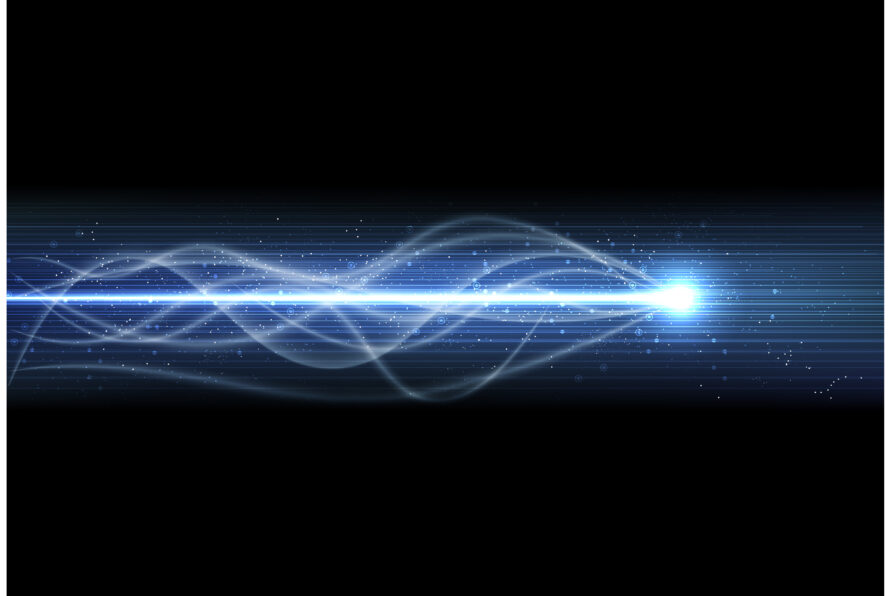By Alia O., Tessinari R.S., Bahrani S., et al.
Submitted to arXiv on 28 March 2022.
The feasibility of coexisting a quantum channel with carrier-grade classical optical channels over Hollow Core Nested Antiresonant Nodeless Fibre (HC-NANF) is experimentally explored for the first time in terms of achievable quantum bit error rate (QBER), secret key rate (SKR) as well as classical signal bit error rates (BER). A coexistence transmission of 1.6 Tbps is achieved for the classical channels simultaneously with a quantum channel over a 2 km-long HC-NANF with a total coexistence power of 0 dBm. To find the best and worst wavelength position for the classical channels, we simulated different classical channels bands with different spacing between the quantum and classical channels considering the crosstalk generated from both Raman scattering and four-wave-mixing (FWM) on the quantum channel. Following our simulation, we numerically estimate the best (Raman spectrum dip) and worst locations (Raman spectrum peak) of the classical channel with respect to its impact on the performance on the quantum channel in terms of SKR and QBER. We further implemented a testbed to experimentally test both single mode fibre (SMF) and HC-NANF in the best and worst-case scenarios. In the best-case scenario, the spacing between quantum and classical is 200 GHz (1.6 nm) with 50 GHz (0.4 nm) spacing between each classical channel. The SKR was preserved without any noticeable changes when coexisting the quantum channel with eight classical channels at 0 dBm total coexistence power in HC-NANF compared to a significant drop of 73% when using SMF at -24 dBm total coexistence power which is 250 times lower than the power used in HC-NANF. In the worst-case scenario using the same powers, and with 1 THz (8 nm) spacing between quantum and classical channels, the SKR dropped 10% using the HC-NANF, whereas in the SMF the SKR plummeted to zero.




